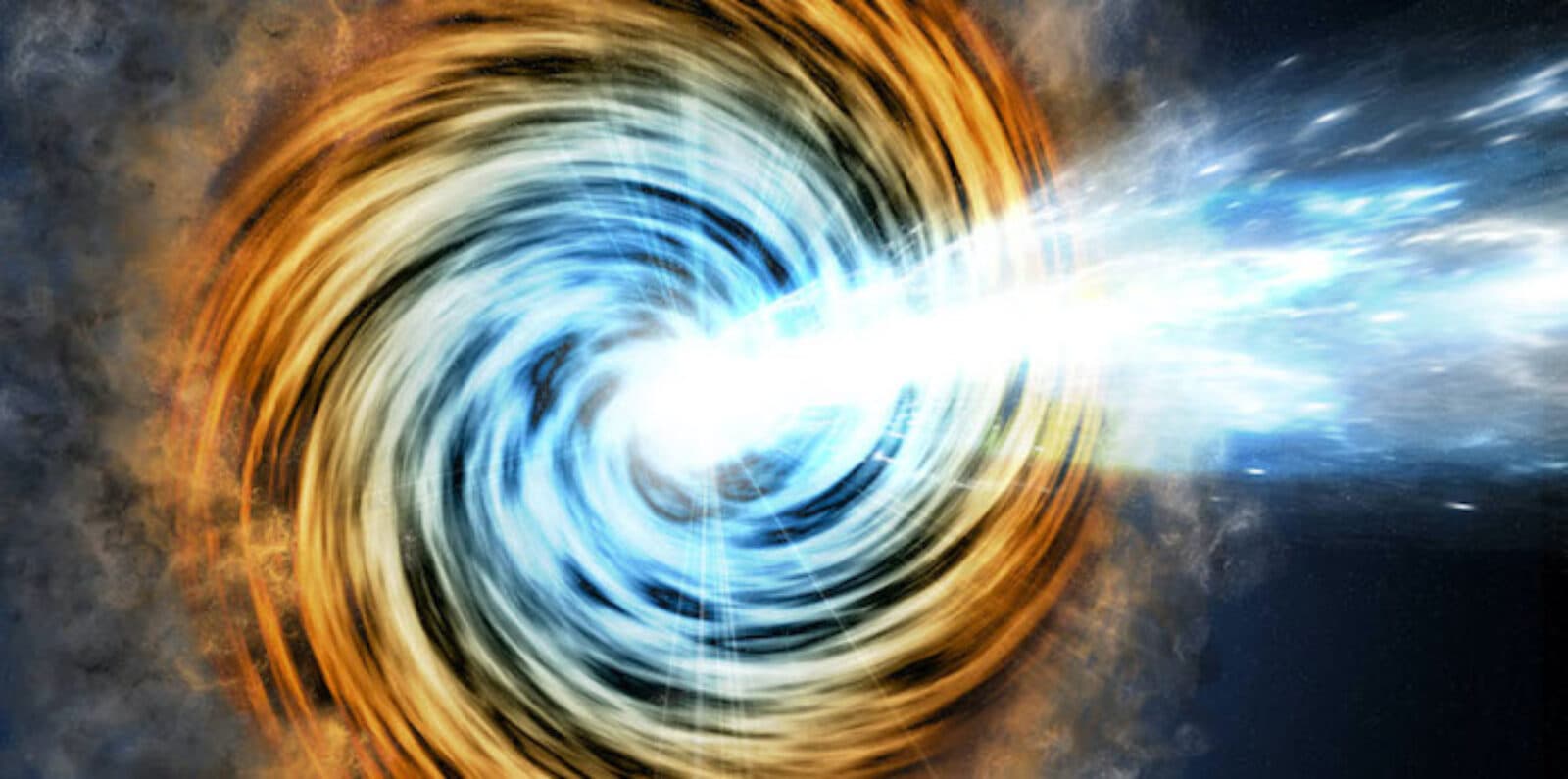Into the Unknown
by Adam Hadhazy
Researchers at Kavli astrophysics institutes explore regions of time and space that have so far resisted human understanding

The Author
"Into the Unknown," the Oscar-nominated original song from one of 2019's top movies, Frozen II, is an apt rallying cry for the science of astrophysics. Most sciences concern what's under our feet, what surrounds us, and what's inside us, or—put another way—what's us. Astrophysics encompasses all those as well, with its tie-ins to planetary sciences and astrobiology, for starters. Yet as a research endeavor, it also goes—you might say—where no science has gone before, out into the places that none of us alive today are likely to ever tread, and on into realms so deep in time and so far in space that humankind has no shot of realistically ever visiting. The rich span of recent findings from the Kavli Institutes that pursue astrophysics testify to this mindboggling scope. From the eons-long evolution of galaxies, to whole new worlds that rival what our imaginations can conjure, to the expansion of the incomprehensibly vast cosmos itself—it's all there, all interrelated, and all overflowing with mystery. Into the unknown, indeed.
When astronomers say "metals," they mean any element heavier than helium. Measuring the amounts of metals in galaxies speaks to the galaxies' histories of star formation, because all but a primordial iota of cosmic metals has been forged by stars and stellar interactions. Researchers at the Kavli Institute for Cosmology, Cambridge gauged the metal content and location in distant galaxies, finding an even distribution, suggesting star formation occurred on similar timescales throughout the galaxies, or that winds within the galaxies dispersed metals uniformly.

How fast is the universe expanding? A major debate in cosmology is currently raging over that answer, with a perplexing gap between rates extrapolated from observables in the early, distant universe versus rates derived from the modern, local universe. A team including members of the Kavli Institute for the Physics and Mathematics of the Universe has produced a new set of measurements relying on how the gravity of massive, foreground galaxy clusters magnifies light from far-off, bright galaxies. The measurement aligns with the faster rate derived from other local techniques, making the expansion-rate gap even more bogglingly yawning.
Scientists are closer to solving the mystery of a pervasive gamma-ray glow in the sky. Researchers at the Kavli Institute for Particle Astrophysics and Cosmology compared images of millions of galaxies, telescopically observed by the Dark Energy Survey's camera, with readings of gamma rays taken by the Fermi Gamma-ray Space Telescope. The results showed that gamma rays typically shine brighter from cosmic regions loaded with matter. Further investigation will help lock down the sources for the gamma rays.
The new planet discoveries keep pouring in for the Transiting Exoplanet Survey Satellite (TESS), spearheaded by the Massachusetts Institute of Technology's Kavli Institute for Astrophysics and Space Research (MKI). To wit: A high school student interning last summer at NASA's Goddard Space Flight Center went through TESS data and identified the signature of a planet orbiting two stars, just like Tatooine in "Star Wars." It's the first so-called circumbinary planet that TESS has spotted.
MKI researchers have calculated the blast force of what has turned out to the most powerful outburst ever captured from a distant galaxy cluster. A monster black hole hurled out plasma jets that carved out cavities in surrounding material. The researchers examined the cavities to back-calculate the force that gouged them out, which came in at 1054 joules of energy. That's only slightly less incomprehensible when stated as the equivalent of 1038, or one hundred undecillion nuclear bombs. The findings will aid in understanding the evolution of galaxies, where such blasts help determine their allocations of star-forming material.